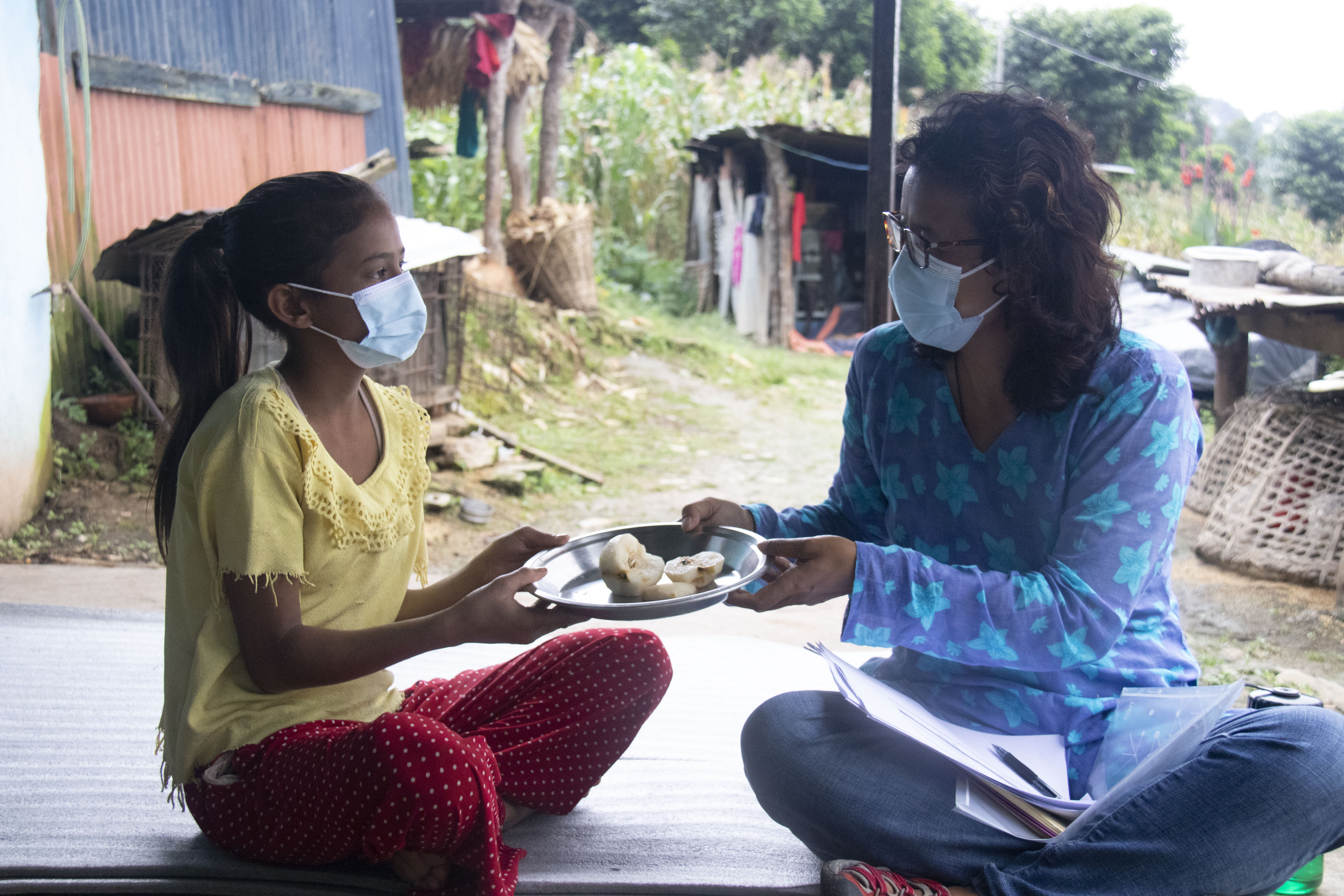Back to school, when it's open

Asmita is fourteen years old and a student in STOP Girl Trafficking (SGT). We met with her and her parents at their home, little more than a hut, to talk about how things were going. When asked if she likes school, Asmita quickly agreed, adding that she is the top student in her class. Her huge smile made the claim believable.
Without the support of SGT, there would be no top-of-class, or any class at all. Asmita’s parents are day laborers and couldn’t afford to send her to school—her younger brothers got priority.
A few of the other girls we met in Asmita’s village of Chainpur also greeted us with easy smiles. But most exuded vulnerability: shy, serious and uncertain. A familiar condition of childhood, but it was more than that. There was a weight the girls carried that was almost palpable, the responsibility for cooking, cleaning, and caring for siblings, all on top of school and homework. Chores that freed up time for their brothers to play or sleep in. Staying in school, if they are even allowed to go, is simply harder for girls in Nepal.

Sometimes those hurdles extend beyond the home. Asked what her least favorite thing about school was, Asmita thought for a moment and said, “When the teacher doesn’t come and there is no school.”
The gaps in Nepal’s educational system, and in how girls and boys are treated, can feel like a chasm at times. But SGT is helping to fill those cracks, not only by paying for girls’ school fees and materials, but by putting extra teachers into classrooms. These young women are STOP Girl Trafficking alums who can cover when the government teacher is out and, most importantly, keep an eye out for girls who are at risk of being trafficked. Chainpur has no support teachers yet, but someday an SGT alum, perhaps Asmita, may decide to pay it forward and become a teacher or afterschool tutor.
It was clear that girls here, as in so many communities across Nepal, have an uphill battle to equity. And it wasn’t hard to imagine how the promise of a stranger might convince them to leave and seek a better life—with tragic consequences. But they also have a safety net: mentors, a network of other girls in SGT, and the courage that comes from having someone in their corner all the way through graduation.
By then, the difference from their younger selves is striking. They are spirited, hopeful, and filled with ideas and gratitude for a future that is their own.


